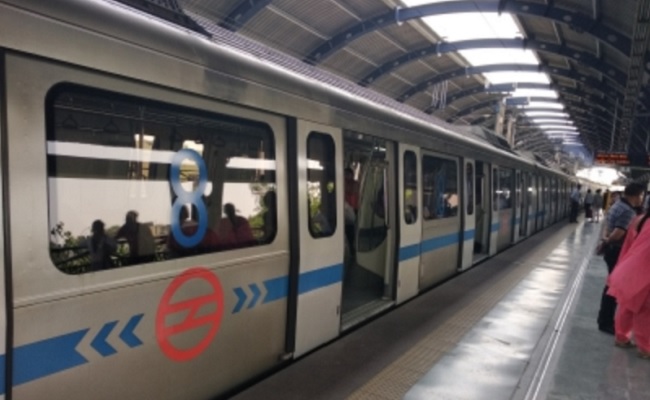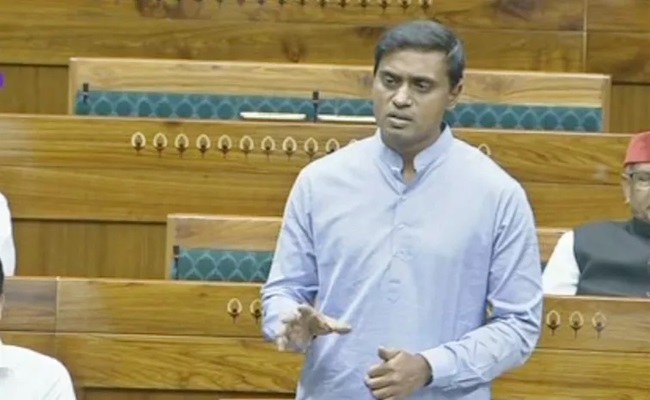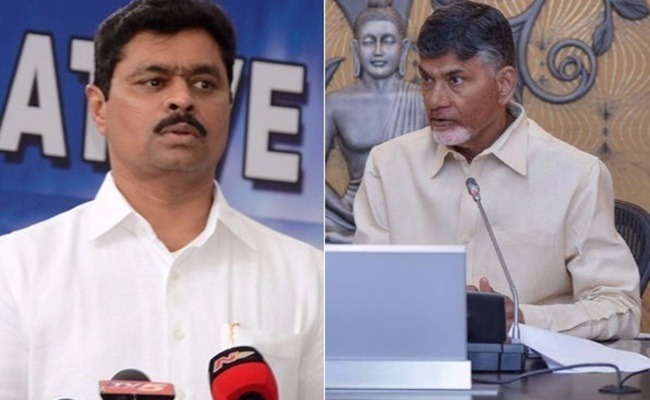
Three days ahead of completing 68-day countrywide lockdown, the Centre is learnt to have come up with a roadmap of an exit plan from the crisis in its fourth extension of the restrictions '5.0' which may allow malls and restaurants to reopen and limit restrictions only in containment zones.
Other activities expected to get the government nod could include movement of Delhi Metro and opening of more markets. There is a possibility of allowing religious places to function. But social distancing norms, use of face cover and Aarogya Setu mobile app would be the key entry tickets everywhere.
However, education institutes are supposed to function online only in the further extension expected to cover a minimum of 10 days as the lockdown 4.0 ends on May 31.
The Centre in the new range of restrictions would sharpen its focus on containment zones, which would have to be geographically defined based on factors such as mapping of cases and contacts and their geographical spread. This would enable the authorities to demarcate a well- defined perimeter and enforce strict protocols of lockdown.
Sources in the governments suggested that it would be a "different fight" in the lockdown 5.0 against the deadly virus which has so far infected over 1.65 lakh people and killed 4,706 Indians. The country ranks 9th in the world in the context of highly COVID-19-affeced countries.
From June 1, municipal corporations would decide if residential colonies, mohallas, municipal wards or police-station areas, municipal zones, towns could be designated as containment zones.
The new guidelines for the extended lockdown, however, will be comparatively much stricter for 13 worst COVID-19-hit cities. These cities are considered the worst COVID-19-affected locations and form about 70 per cent of the positive cases in the country.
The 13 focus cities are Mumbai, Chennai, Delhi, Ahmedabad, Thane, Pune, Hyderabad, Kolkata and adjoining Howrah, Indore, Jaipur, Jodhpur and Chengalpattu and Thiruvallur. The last two cities are from Tamil Nadu. However, Maharashtra is the only state with three worst-hit cities of India.
The fresh guidelines issued by the Ministry of Home Affairs for the extended lockdown will give powers to states to take strict measures as per their need without diluting Centre's norms.
The indications came during two detailed meetings held on Thursday -- first chaired in the morning by Cabinet Secretary Rajiv Gauba, and the second by Union Home Minister Amit Shah. Both the meetings were held through video conferencing.
Gauba not only interacted with the men on ground -- Municipal Commissioners and District Magistrates, but also Chief Secretaries of all States and Union Territories concerned. He asked the officials of the worst-affected cities to focus their work on high-risk factors, indices such as confirmation rate, fatality rate, doubling rate and tests per million people, among others.
In his interaction with all Chief Ministers on lockdown enforcement, Shah discussed major curbs and opening-up measures. Shah is said to have elicited the Chief Minister's views on the way ahead after the fourth phase of lockdown ending May 31.
Amid various suggestions by states, Goa Chief Minister Pramod Sawant is learnt to have demanded lockdown extension but with restrictions with permission to open restaurants. Most states reportedly talked about extension of the lockdown with permission to open more activities in the next phase.
The Chhattisgarh government has decided that shops will be allowed to open six days a week with physical distancing from Thursday onwards.
In Jammu and Kashmir, a government official said that except shopping malls, multiplexes, restaurants, schools, colleges and gymnasiums, everything else will be allowed.
Kerala Chief Minister Pinarayi Vijayan said he received representations from many religious leaders to open shrines, churches and mosques, but they will have to wait for some more time.
Unlike the past, Telangana Chief Minister K. Chandrasekhar Rao will take decisions as per Centre's regulation on the next phase of relaxations.
In Rajasthan, the lockdown will be reduced to only two categories "curfew and non-curfew zones". However, Odisha, which has seen a spurt in COVID-19 cases in the past fortnight with the return of migrant workers, lockdown 4.0 norms are likely to continue.
States such as Andhra Pradesh, Punjab and Gujarat are yet to decide on lockdown 5.0.
In the ongoing phase of the lockdown, the Centre gave authority to the states to demarcate zones based on the severity of cases, and within a set of broad guidelines and allowed states to frame their own rules on the extent of activity allowed.
Several states allowed the resumption of private transport; limited public transport; shops (except in malls and shopping complexes) and industrial activities. The Centre, in this period, also resumed domestic flights.
The countrywide lockdown was imposed on March 25 after Prime Minister Narendra Modi made the first-ever such announcement to contain the COVID-19 spread. The restrictions have been extended thrice since then.
(Rajnish Singh can be contacted at [email protected])













